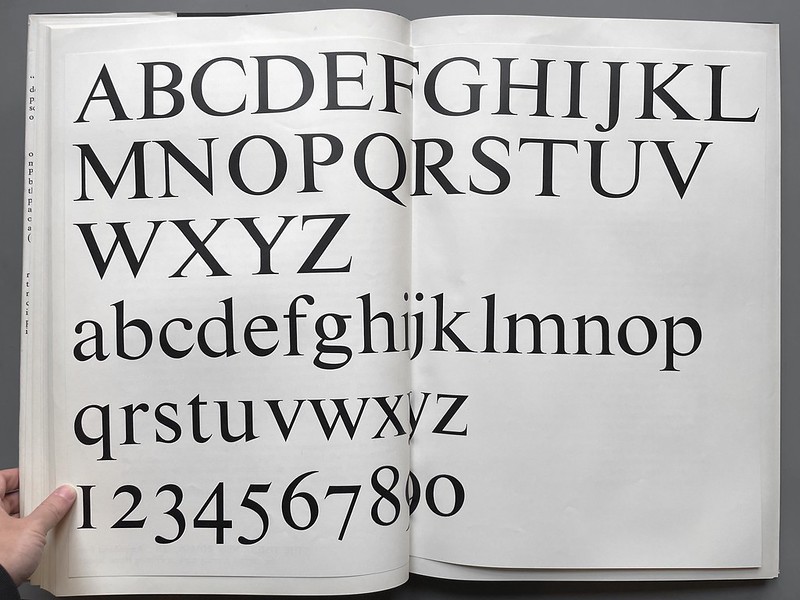today in 1932, the London newspaper The Times published its first edition with a brand new typeface: Times New Roman.
It was a big deal in the newspaper business at the time, and here we are nearly a century later, and this same old-school font is still all over our high-tech devices!
The most common version of the Times New Roman origin story starts with acclaimed typographer Stanley Morison.
He actually got his start in typefaces after reading an ad in The Times about improving printing standards, and got into the field shortly after that.
Eventually Morison became an advisor to the Monotype Corporation, a big player in printing.
And it was there that he started grousing about the typeface The Times used; he said it was too bulky, too hard to read, and used too much ink.
The paper said, if you’re such a typography expert, why don’t you come up with something better?
So Morison started working with a draftsman, Victor Lardent, and developing a typeface based on classical fonts.
(Some typeface experts say there’s an alternate origin story, that yacht designer William Starling Burgess sent the start of a font to Monotype more than a decade earlier, and that’s what ended up shaping Morison’s work.)
It took like three years to bring Times New Roman to the pages of The Times, but readers thought it was time well spent: the new typeface was much more readable than its predecessor, and much more economical for the people who laid out pages of the newspaper.
The Times had exclusive use of the font for a year, but after that it spread far and wide, even into the computer age.
When Microsoft was developing its word processing program, it licensed Monotype’s font catalog, and Times New Roman became one of the most common fonts for Windows software.
In fact, the main criticism of this font today is that it’s so common.
The website Practical Typography said it’s essentially become “the font of least resistance.”
That site adds, “Times New Roman is not a font choice so much as the absence of a font choice, like the blackness of deep space is not a color. To look at Times New Roman is to gaze into the void.”
Today in 2023, the end of an era for a book club in southern California.
They’d been reading James Joyce’s “Finnegan’s Wake” at a very slow pace, to really analyze and digest it all.
After 28 years, they finally made it to the end.
Where Did Times New Roman Come From? (New York Public Library)
28 years ago, a book club began reading one novel. It’s finally reached the end (Orange County Register)
If our show is just your type, then become a backer on Patreon today

